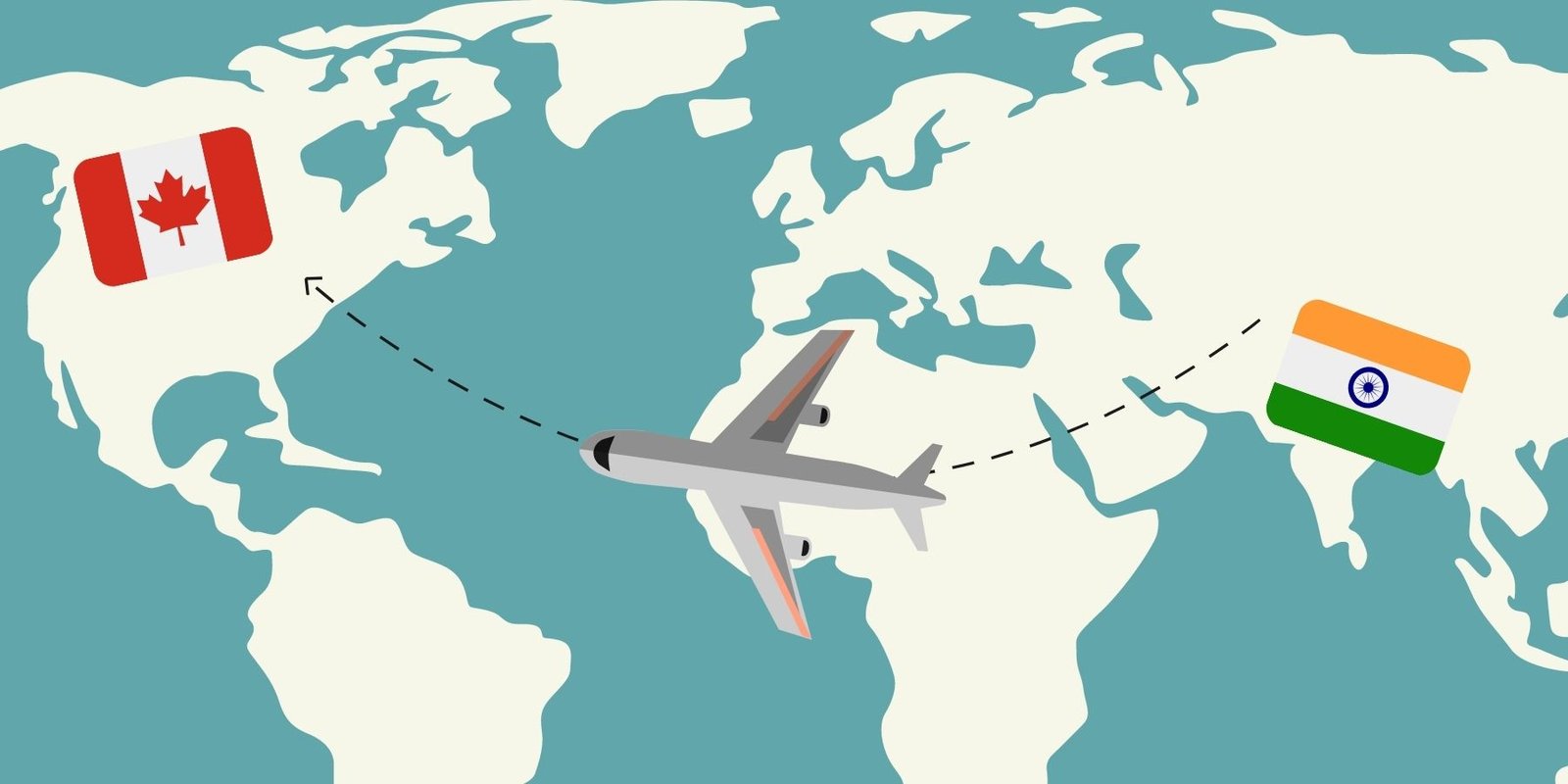Erstwhile state of Jammu and Kashmir Includes Chitral and Parts of Kohistan that are illegally occupied by Pakistan. New research by historians, who checked the historical records have found this information. As per a historian we spoke with, soon Indian Government will look into the claims made by Historians and will take appropriate actions including amendment in the Map of Union Territory of Ladakh, if needed, to extend to Chitral and Parts of Kohistan.
In the fog of war of 1947-48 and with the actual British control of Gilgit Agency from 1935, and due to the de facto control of parts of Jammu and Kashmir province of India, India didn’t focus much on the actual borders of the state, especially those under Pakistani territorial control. There are at least two areas where the actual position needs to be looked into – Chitral and the Southern Borders of Gilgit Agency.
The Case of Chitral
Though Chitral is considered to be an inalienable part of Pakistan and played a major role in the conquest of Gilgit Baltistan(it was the Army of Chitral, closely followed by the Pakistani Army, which spearheaded the charge against the forces of Jammu and Kashmir), the legal position of Chitral’s accession into Pakistan is not clear enough. Though Las Bela rebelled against it’s suzerain Kalat and joined Pakistan, Pakistani invasion of Kalat and it’s forced accession into Pakistan cleared the air. In fact, Chitral’s position is nothing much different from Hunza or Nagar and accepted the suzerainty of Jammu and Kashmir about ten years after Gilgit was firmly under the control of the Dogras of Jammu.
Chitral, located at at the border of Indian, Turkic and Afghan political systems was an unapproachable landmass, but coveted by all. It is understood that traditionally, Chitral was a vassal of Kashgar at least till 1871 when Afghanistan started making moves to assert it’s influence over Chitral. In 1878, the Mehtar of Chitral, Amin-ul-Mulk negotiated with the British for protection and subsequently made a vassal of Jammu and Kashmir.

The understanding is that Jammu and Kashmir as well as the British will be responsible for Chitral’s security. Why Jammu and Kashmir and not British India? Because Chitral was more accessible and controlled from Gilgit. The set up continued till 1947, though some queries were raised by the Political Department in 1938 over the status of Chitral.
Before we reply to the passage marked “ A ” in Mr. Griffin’s note above, dated 28th February 1938, we should be glad to know whether Chitral must be regarded for the purposes of the Government of India Act, 1935 as part of Kashmir State cf., Clause 1 of the Agreement of 1914 printed at page 428 of Aitchison’s Treaties Vol. XI (1933 edition). W. R. Hay 4-3-38.
(Note—It would also be interesting to know whether, if Chitral State is to be regarded as part of Kashmir, it will be impossible for it ever to enter the Federation as a separate unit cf., paragraphs 2 and 3 of Serial No. (1) on File No. 93-F./35) W. R. Hay 11-3-38.

Reforms Office said,
2. To answer Major Hay’s question, there can be no doubt looking to the definite acknowledgment of suzerainty in the Agreement of 1914 [Aitchison, Vol. XI, page 428], attested by the Assistant Political Agent, Chitral, and to the definition of “ Indian State” in Section 311 (1), that Chitral must be regarded for the purposes of the Government of India, Act, 1935, as included in the Kashmir State.
3. If Kashmir accedes to the Federation, its accession will according to what has so far been decided, be in the following terms: —
“ *I hereby declare that ……………..I accede to the Federation of India……………..with the intent that His Majesty the King, the Governor-General of India, the Federal Legislature etc., shall………………exercise in relation to the State of Jammu and Kashmir such functions as may be invested in them by or under the Act”
There will be no mention of what is meant by the State of Jammu and Kashmir. I do not think that it is beyond the bounds of possibility that some one (not necessarily the Kashmir Darbar) might take it into his head to bring before a Court the issue whether Chitral was as a result of Kashmir’s accession included in Federal India. I understand that in such a case the Court would make a reference to the Executive, in this case the Crown Representative. The question put by the Court would presumably be the narrow one of fact: “Is the Chitral State under the suzerainty of the Ruler of Jammu and Kashmir?” The only reply which the Crown Representative could give to this would be an affirmative one and the Court, looking to the definition of “ Indian State” in Section 311 (1), would be bound, in spite of the fact that the population of Chitral is not included in the population figures against Kashmir in the Table of Seats in Schedule I, to find that Kashmir’s accession included Chitral. Among the awkward consequences of this would be the fact that Chitral could never accede to the Federation as a separate unit and that the Kashmir Darbar, secure as the result of Section 294 (2) from the intervention of Paramountcy, could send into Chitral a horde of officials to perform such administrative functions in the Federal field as had fallen to it under Section 124 or Section 125.
4. At any rate I do not think that we can dismiss as fanciful the possibility of a very awkward situation arising if we take no action in the hope that no one will notice that Kashmir’s accession has in Law included that of Chitral with it. We can, however, hardly hope that Kashmir will at our request waive its suzerainty over Chitral. We are left therefore with the alternative of amending the Act.
5. The draft amendment which we recently withdrew is contained in our letter No. F. 230- Fed./36, dated the 2nd September 1937. While it would be open to His Majesty under the earlier part to “ determine” that Chitral was a separate State, it would apparently be necessary for him, in order that his determination should take effect, to ensure that Kashmir in its Instrument of Accession enumerated all its Jagirs, Feudatory territories, etc., with the exception of Chitral. This would be a roundabout method of excluding Chitral and might lead to difficulties due to faulty enumeration not unlike those in the converse case of a Feudatory whose inclusion was desired which we mentioned to the India Office in our letter withdrawing the proposed amendment.
6. We anticipate no difficulty under the Act as it stands in the converse case and the amendment which would fit a case of this kind (Chitral) would, I suggest, be the addition of words on the following lines at the end of the definition of “ Indian State” in Section 311 (1) “other than such territory declared by His Majesty not to be so included” . It would be preferable not to lay down anything as to the time when His Majesty should make the declaration in order to be in a position to meet surprise cases, but it is possible that on the analogy of Section 294 (1) it might be thought necessary to specify that previous notice should be given to the Ruler of the Suzerain State and that the declaration should be made at the time of the acceptance of the Instrument of Accession
L.C.L. Griffin—29-3-38
Clearly, the British tried to amend to the Government of India Act to remove Chitral from the control of Jammu and Kashmir. With no Princely State in a mood to sign the accession document coupled with a fast approaching war means that the proposal never saw the light of day leaving the 1878 agreement as valid as of 15 Aug 1947.
In effect, this makes the below reconstruction the erstwhile province of Jammu and Kashmir and that Chitral is legally Indian territory but under Pakistani control.

As events proved, Pakistan, a country only for Sunni Muslims, perpetrated untold brutalities over the people of Chitral, especially over the Ismailis and the Kalash.
The Southern Borders of Gilgit Agency
However, even this is not complete as the southern borders of Gilgit Agency extended not till Harban but till Jalkot.

AH Dani deals extensively over the borders of Gilgit Agency in his History of Northern Areas of Pakistan.
“Gilgit agency included the autonomous states of Hunza and Nagir, political districts of Ishkoman, Yasin, Punial and Koh-i-Ghizar, and also the subdivision of Chilas and tribal areas of barel and Tangir. Chilas subdivision extended from the confluence of the Astor river with the Indus to Seo on the right bank and Jalkot on the left bank of the Indus river. Today the western boundary of Chilas district is limited to Shatial bridge on the Indus. Territory beyond is incorporated in the Kohistan district of N.W. Frontier Province. This Kohistan is really the Yaghistan of the British time, where British authority was hardly felt.”
This is confirmed by the following letter No. 381 of 1913 from S.M. Fraser, Resident in Kashmir to Lt. Col. Sir George Roose-Keppel, Chief Commissioner of Peshawar, dated 24th February, 1913…
The Jalkotis, as you are aware, are a Kohistan tribe occupying a valley on the Indus of the south-west of Chilas and west of Kaghan in the Hazara district. Their country is independent territory but their political relations, so far as such relations exist, have been mainly with Gilgit Agency… Further I think it will be agreed that since Jalkot falls naturally within the sphere of the Gilgit Agency, by reasons of geographical position, race, language and intercommunication, it is politically expedient for the initiative to lie with Chilas authorities.
This position is further confirmed in a letter no. Y 103127, dated 12th January, 1928 from the Resident in Kashmir to Col. C.P. Gunter, Director of Frontier Circle, Survey of India, wherein he writes
The territory comprised within the Gilgit Agency falls into three categories – viz.
(1) Kashmir State territory, i.e. Gilgit Wazarat, comprising Gilgit Tehsil (including Bunji) with its Niabat of Astor.
(2) The political districts, i.e. Hunza, Nagir, Punial, Yasin, Kuh-Gizar, Ishakoman and the republic of Chilas.
(3) Un-administered area, i.e. Darel, Tangir, Kandia (Killi ), Jalkot, Sazin, Shatial and Harban.
This position remained until 1947 and even later in 1950, when with the constitution of Kohistan district the area was separated from Gilgit Agency.
Shinaki Republics
The territory of the Shinaki Republics of the Indus valley extends from Ramghat, where the Astor river joins the Indus to Seo on the right batik and to Jalkot on the left bank of the Indus. Within this area, the people are grouped into communities, inhabiting one or more ravines and each community comprises a republic itself. Starting from Rumghat down the Indus, these republics are :
| Right bank of the Indus Gor, Thaliche, Mohtar Kinergah Hoder | Left bank of Indus Bunnar Butogah Giche Thor |
These republics comprised the area, which was known is the Chilas sub-division of the Gilgit Agency. Besides the above, the areas below this region are detailed as under :
| Right bank of the Indus Darel Khilli Seo | Left bank of Indus Harban Jalkot |
Clearly, this means that the territory of the erstwhile Indian Province of Jammu and Kashmir extends both West and South of Gilgit Agency – South towards Kohistan and West into Chitral. Though the fear of the Raja of Kohistan to be made a part of Jammu and Kashmir unfounded, it looks like Indian claims of territory held by Pakistan should be looked into, more closely.
As m
As per People, Gilgit-Baltistan that is part of Union Territory of Ladakh in India, is already under the illegal occupation of its neighbor Pakistan. Besides that Parts of Kashmir that belongs to Union Territory of Jammu and Kashmir are also under the illegal occupation of Pakistan after the armed invasion in 1948 with the help of Tribal Terrorists and Pakistan Army. As per these new findings by Historians, who have established that erstwhile state of Jammu and Kashmir Includes Chitral and Parts of Kohistan that acceeded to India through the instrument of accession, it now rests with Indian Government to emphasize internationally that Jammu and Kashmir includes Chitral and parts of Kohistan.
These new findings by Historians and if accepted by the Indian Government that the erstwhile state of Jammu and Kashmir includes Chitral and parts of Kohistan, it will raise new hopes in the people of these territories as Pakistan is continuously engaged in exterminating the native ethnic groups and involved in bringing major demographic changes by settling Radical Islamist Sunni Punjabi Muslim groups in these territories that belongs to India.
Follow us at:-
Twitter Handle: @communique_news
Parler Handle: @newscommuniquecom
Subscribe our : YouTube Channel https://www.youtube.com/channel/UCnKJQ3gFsRVWpvdjnntQoAA
Like our Facebook Page https://m.facebook.com/News-Communiquecom-103788531007438/
2,868 total views








